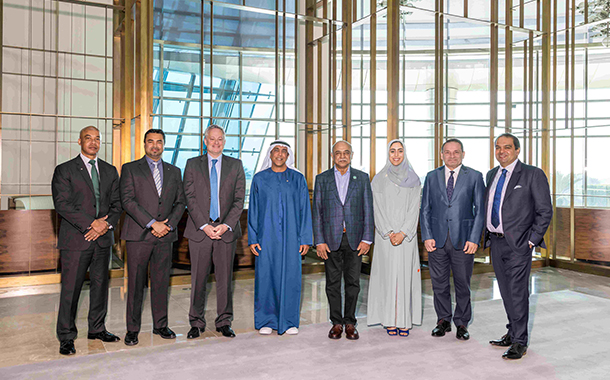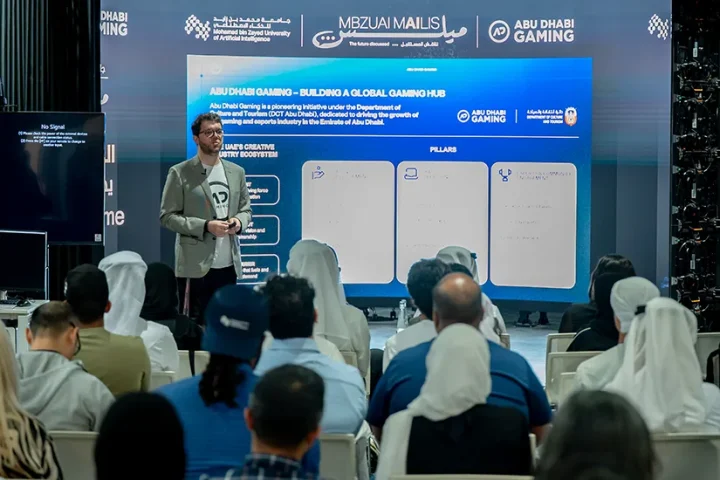IBM’s annual TechXchange event, the company announced the release of its most advanced family of AI models to date, Granite 3.0. IBM’s third-generation Granite flagship language models can outperform or match similarly sized models from leading model providers on many academic and industry benchmarks, showcasing strong performance, transparency and safety.
Consistent with the company’s commitment to open-source AI, the Granite models are released under the permissive Apache 2.0 license, making them unique in the combination of performance, flexibility and autonomy they provide to enterprise clients and the community at large.
The new Granite 3.0 8B and 2B language models are designed as ‘workhorse’ models for enterprise AI, designed to be fine-tuned with enterprise data and seamlessly integrated across diverse business environments or workflows.
While many large language models (LLMs) are trained on publicly available data, a vast majority of enterprise data remains untapped. By combining a small Granite model with enterprise data, especially using the revolutionary alignment technique InstructLab – introduced by IBM and RedHat in May – IBM believes businesses can achieve task-specific performance that rivals larger models at a fraction of the cost.
The Granite 3.0 release reaffirms IBM’s commitment to building transparency, safety, and trust in AI products. The Granite 3.0 technical report and responsible use guide provide a description of the datasets used to train these models, details of the filtering, cleansing, and curation steps applied, along with comprehensive results of model performance across major academic and enterprise benchmarks.
Critically, IBM provides an IP indemnity for all Granite models on watsonx.ai so enterprise clients can be more confident in merging their data with the models.
Raising the bar: Granite 3.0 benchmarks
The Granite 3.0 language models also demonstrate promising results on raw performance.
The Granite 3.0 models were trained on over 12 trillion tokens on data taken from 12 different natural languages and 116 different programming languages, using a novel two-stage training method, leveraging results from several thousand experiments designed to optimize data quality, data selection, and training parameters.
IBM is also announcing an updated release of its pre-trained Granite Time Series models, the first versions of which were released earlier this year. These new models are trained on 3 times more data and deliver strong performance on major time series benchmarks.
Introducing Granite Guardian 3.0: ushering the next era of responsible AI
IBM is also introducing a new family of Granite Guardian models that permit application developers to implement safety guardrails by checking user prompts and LLM responses for a variety of risks. The Granite Guardian 3.0 8B and 2B models provide the most comprehensive set of risk and harm detection capabilities available in the market today.
In addition to harm dimensions such as social bias, hate, toxicity, profanity, violence, jailbreaking and more, these models also provide a range of unique RAG-specific checks such as groundedness, context relevance, and answer relevance.
While the Granite Guardian models are derived from the corresponding Granite language models, they can be used to implement guardrails alongside any open or proprietary AI models.



















